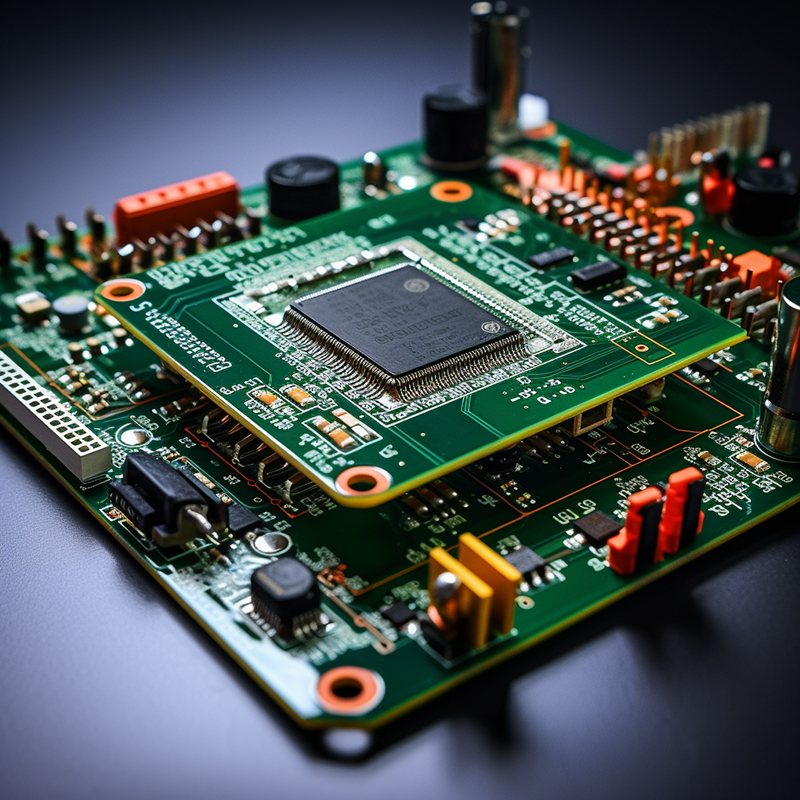Introduction
In this blog, we will delve into the topic of lead-free solder and its compatibility with rigid-flex PCB assemblies. We’ll explore the safety implications, benefits, and consider any potential challenges associated with the transition to lead-free soldering.
In recent years, the electronics industry has become increasingly concerned about the use of lead in solder. As a result, manufacturers and engineers are looking for alternatives to lead-based solders suitable for a variety of applications. In this context, a common question often arises: Can I use lead-free solder for rigid-flex PCB assembly?
1. Understand lead-free solder
Lead-free solder is a type of solder that replaces lead with alternative metals such as tin, silver, and copper. These metals mitigate potential health and environmental risks associated with lead exposure. Lead-free solders offer a viable alternative for a variety of electronic applications, including rigid-flex PCB assembly.
2. Safety precautions for lead-free solder
One of the main concerns when using lead-free solder for rigid-flex PCB assembly is ensuring end-user safety. Lead, in sufficient amounts, can have adverse effects on human health. By transitioning to lead-free solder, manufacturers are prioritizing consumer safety and complying with various industry regulations regarding hazardous substances.
3. Compatibility and reliability
Rigid-flex boards often bend and flex during use, so it is critical to evaluate the compatibility and reliability of lead-free solder in such applications. Extensive research and testing has shown that lead-free solder can provide the necessary mechanical strength and durability required for rigid-flex PCB assembly, ensuring products are reliable and long-lasting.
4. Environmental impact
In addition to human health concerns, another significant benefit of lead-free solders for rigid-flex PCB assembly is reduced environmental impact. Governments around the world have implemented regulations to enforce RoHS (Restriction of Hazardous Substances) standards for electronic products, restricting the use of lead and other hazardous substances. By using lead-free solder, manufacturers can contribute to sustainability and minimize their carbon footprint.
5. Challenges and reflections
While lead-free solder offers many advantages, it also presents unique challenges. Engineers and manufacturers must consider factors such as increased melting temperatures and reduced wetting properties, leading to potential problems with solder flow and joint formation. However, advances in lead-free solder formulations and PCB assembly processes have addressed many of these challenges, making them a viable option for rigid-flex PCB assembly.
6. Conclusion
Answer the question “Can I use lead-free solder for rigid-flex PCB assembly?” The answer is yes. Lead-free solders not only provide safer manufacturing practices, but also provide reliability, compatibility and environmental sustainability. Manufacturers and engineers must stay up to date on the latest advances in lead-free solder formulations and assembly technologies to address any potential challenges. The electronics industry takes another step toward a greener, safer future by adopting lead-free solder.
In summary, the transition to lead-free solder for rigid-flex PCB assembly provides a safer and more sustainable alternative to traditional lead-based solder. As technology and manufacturing processes advance, lead-free solders offer comparable mechanical strength and reliability. By adopting lead-free soldering practices, manufacturers can meet industry regulations, prioritize consumer safety, and contribute to a green environment.
Post time: Sep-19-2023
Back







